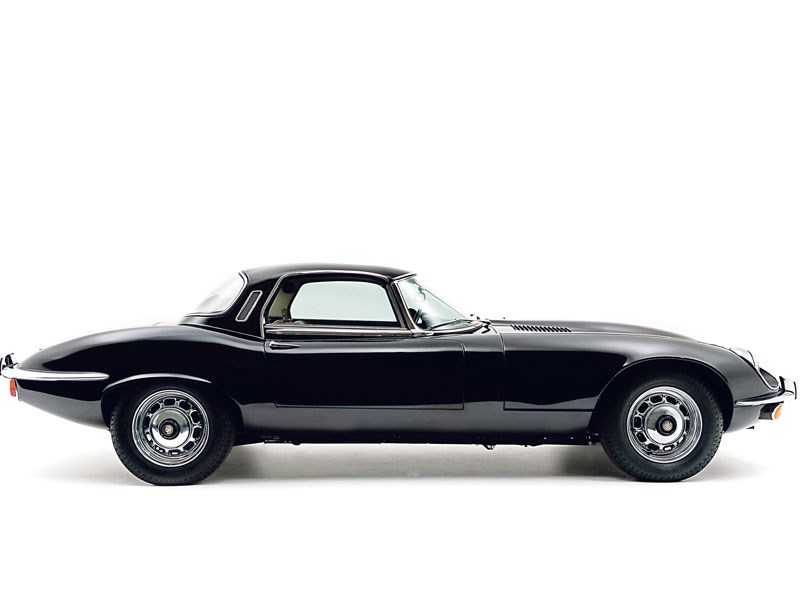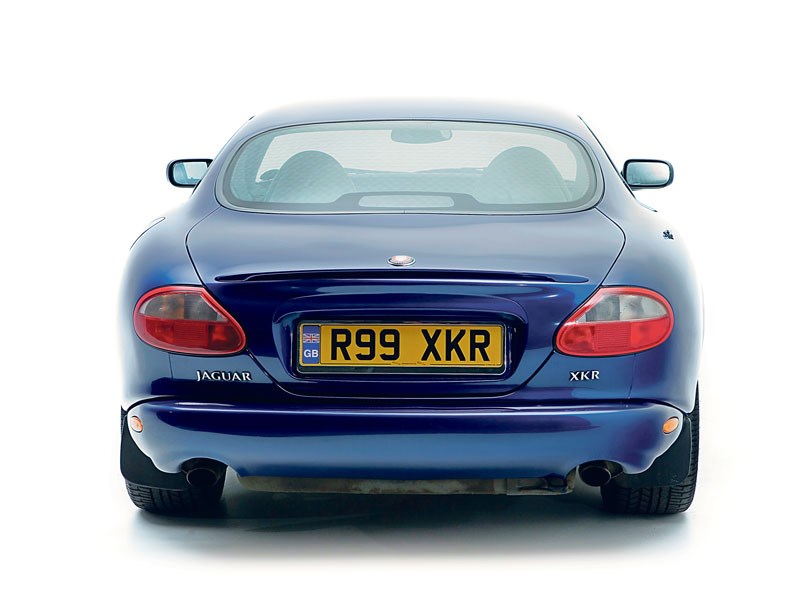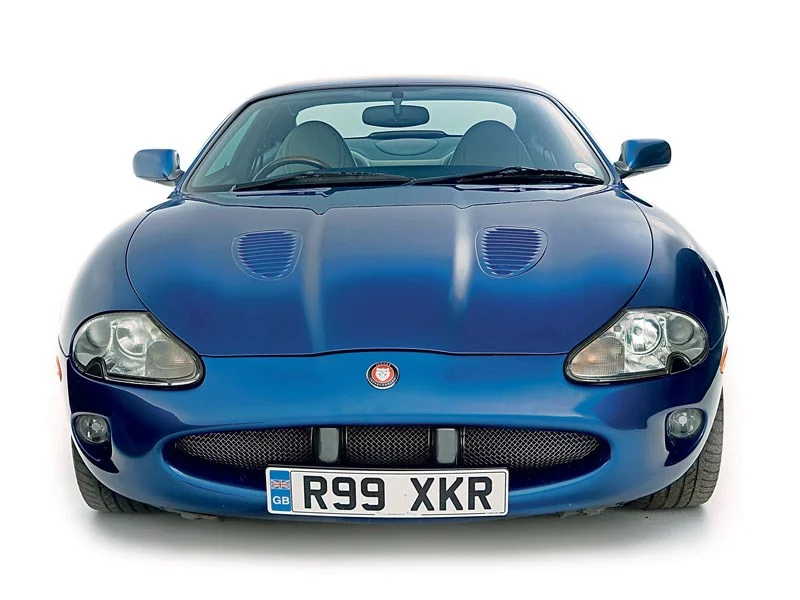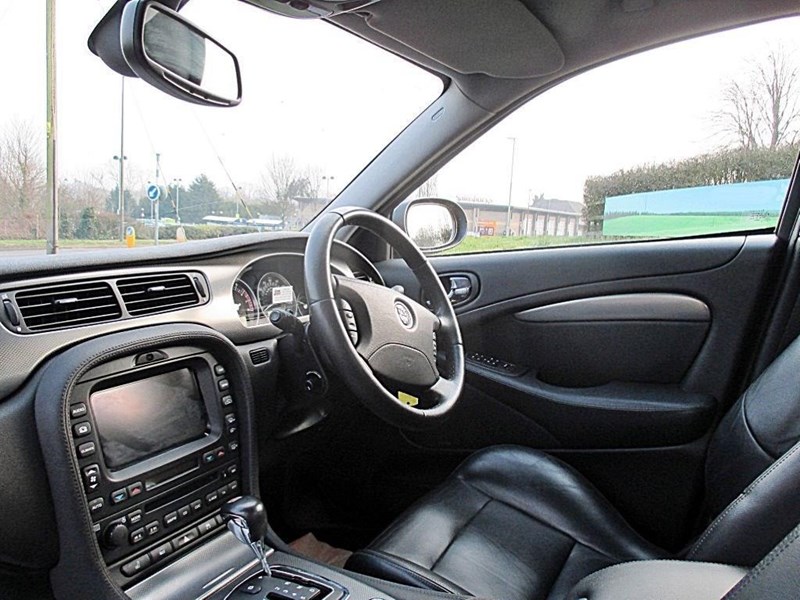Beauty comes at a cost; we take a closer look at one of the nation’s favourites...
Not all examples will reach the claimed top speed of 150mph, but most should be around the 265bhp mark, provided they have been well maintained or been the beneficiary of a full rebuild. All that power really does feel quick. A decent E-type is a joy on the open road, the long bonnet encouraging you to point and floor it. A 0-60 time of only 6.9 seconds is fast even by today’s standards, let alone those of the 1960s. Despite the pace, the Moss gearbox in early cars can take a bit of getting used to.
Most standard cars will feel their age in the corners, softer suspension leading to body roll and loss of rear grip, but that isn’t what these cars are about. If driven sensibly, the E-type is the perfect car for touring, leisurely cruising and the occasional blast down an open straight; as long as your other half doesn’t mind the Audrey Hepburn look.
A good E-type will rekindle your love of driving, but it’s finding these good cars at a decent price that is the challenge.
VITAL STATISTICS
JAGUAR E-TYPE SERIES 1
Engine 3781cc/6-cyl/DOHC
Power (bhp@rpm) 265bhp@5500rpm
Torque (lb ft@rpm) 260lb ft@4000rpm
Top speed 150mph
0-60mph 6.9sec
Consumption 18mpg
WHAT TO LOOK FOR
BODYWORK & CHASSIS
When buying an E-type your first concern should be for rust. No series 1 cars were galvanized, and few were undersealed on leaving the factory. Many have made journeys across the oceans in their lifetime, exposing them to salty sea air that is corrosive over time. Surface rust will be easy to spot, but it’s vital you dig deeper to make sure you’re not buying a pup. Floor pans are prone to rust in early cars, so make sure you lift the carpets and check for corrosion and signs of welding. Be sure to look for fresh paint and signs of recent repair. Outer sills are also fairly weak, and may indicate further rot to the inner sills, an expensive job to put right. Take a magnet with you to check for signs of filler, particularly around the arches, sills and light surrounds. This may not tell the whole story, as some fillers have high metal content.
Bodywork and paintwork are by far and away the most desirable qualities in a decent E-type. Panel fit must be perfect, and finish should be very good. Anything less than perfection will severely hit the value, as E-type buyer’s are prepared to pay for the best, and wont touch anything else. Restoration costs can be astronomical, and the bulk of this cost will be putting right bad bodywork. If the car needs bodywork and paint then walk away unless you have deep pockets; you will never make back the money you will have to spend.
ENGINE
Originality is king, especially with early Series 1 cars. If you are buying to invest, make sure that all replacement parts are of top quality. Check that engine and chassis numbers match, and insist on a comprehensive history file that details all work carried out on the car. Despite this, don’t be put off by professionally fitted improvements such as brake kits and five-speed gearboxes. Buyers will pay a premium for modifications that improve the driving experience.
Early cars share the same 3.8-litre engine as the XK 150 it replaced. A well-proven engine, it will easily cover 150,000 miles if well maintained, though it will eventually need a rebuild. Start the car from cold and listen for any rattling or knocking noises. This with white smoke from the tail pipe will mean a full rebuild. Check the oil pressure is around the 40psi mark, and that the cooling fan kicks in fairly quickly. If it doesn’t, keep an eye on the temperature gauge, as it may be prone to overheating. Check for mayonnaise under the oil filler cap, and the water reservoir for oil. Both indicate a blown head gasket and costly repairs.
ELECTRICS
Electrics are fairly simple in the E-type, but can be a nightmare to put right all the same. Older restorations will have older wiring, which may perish and short. Any electrical gremlins may be very difficult and expensive to track down, unless you happen to be an electrician. In order to avoid costly mistakes, make sure that everything electrical works. Test everything.
RUNNING GEAR
3.8-litre cars will be fitted with the four-speed manual Moss gearbox, renowned for being a complete pain in the backside. Don’t be put off by a bit of noise and a reluctance to go properly into gear; they really are ‘all like that’, at least until you get the hang of it. If it seems especially loud and difficult then a rebuilt box will probably be needed, at a cost of around £1000. A loud whining noise may indicate a worn diff, and clunking noises suggest worn universal joints.
BRAKES
If we haven’t put you off already, there’s one more hidden area to examine for corrosion. This is the ledge on the bulkhead that supports the brake servo. Debris accumulates here and, especially if combined with leaking brake fluid, can cause the metal underneath to rot through.
OUR VERDICT
Perhaps a more apt question is ‘Why wouldn’t you want one?’ The E-type has consistently been rated by pollsters, motoring journalists and even your grandmother as one of, if not the most, beautiful cars of all time. Enzo Ferrari himself said as much, a huge compliment when you consider that the E-type was in direct competition to his cars.
Not only is it staggeringly beautiful, but also surprisingly practical. There really is an E-type for every person and every occasion. For the purist, an early 3.8-litre roadster will be top of the wishlist. For the practical man about town, a later 4.2-litre coupé Series 1.5 is the perfect blend of beauty and drivability. Many E-types have been sympathetically modified over the years with uprated suspension, power steering and air conditioning, hugely improving the ownership experience. An expensive classic car that doesn’t draw derisory comments from those less fortunate is a rare find indeed, and is a niche that the E-type fills with aplomb.
The E-type is perhaps one of the most recognisable and influential classic cars of all time, with prices having skyrocketed as a result. It’s vital that you choose the right one, as the differences between the different models have a huge effect on the driving experience. It’s also important that you drive all the cars beforehand, as any mistake will prove an expensive one. Be particularly wary of early Series 1 cars, which have no synchromesh on first gear.
Watch out for cars that seem too cheap or too good to be true. Expensive cars are that way for good reasons, and cheap cars likewise. Buy the best you can afford and only buy if you can afford the best. A good car will provide years of motoring Nirvana.










































